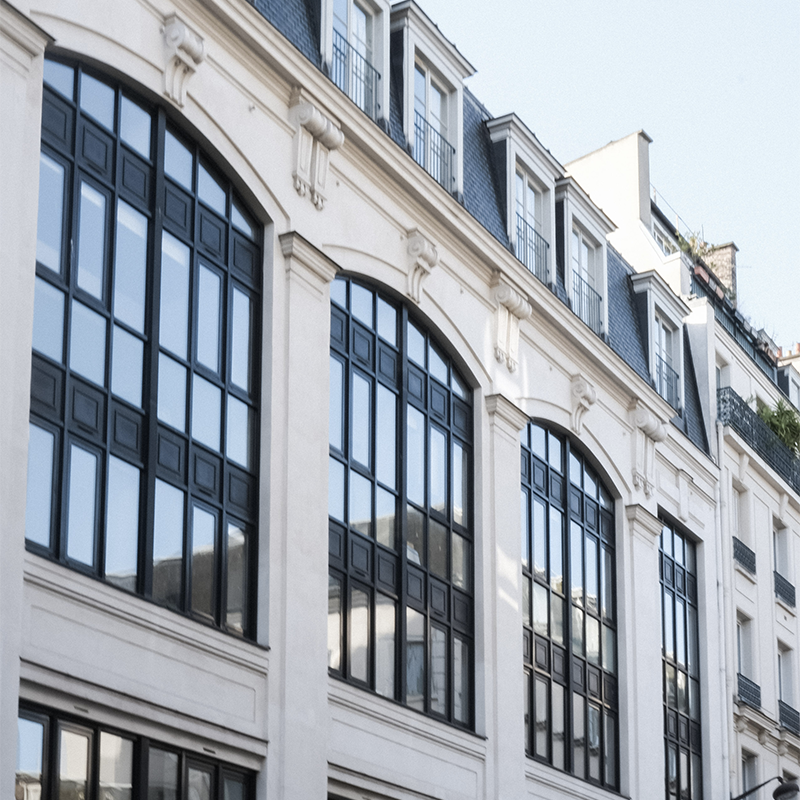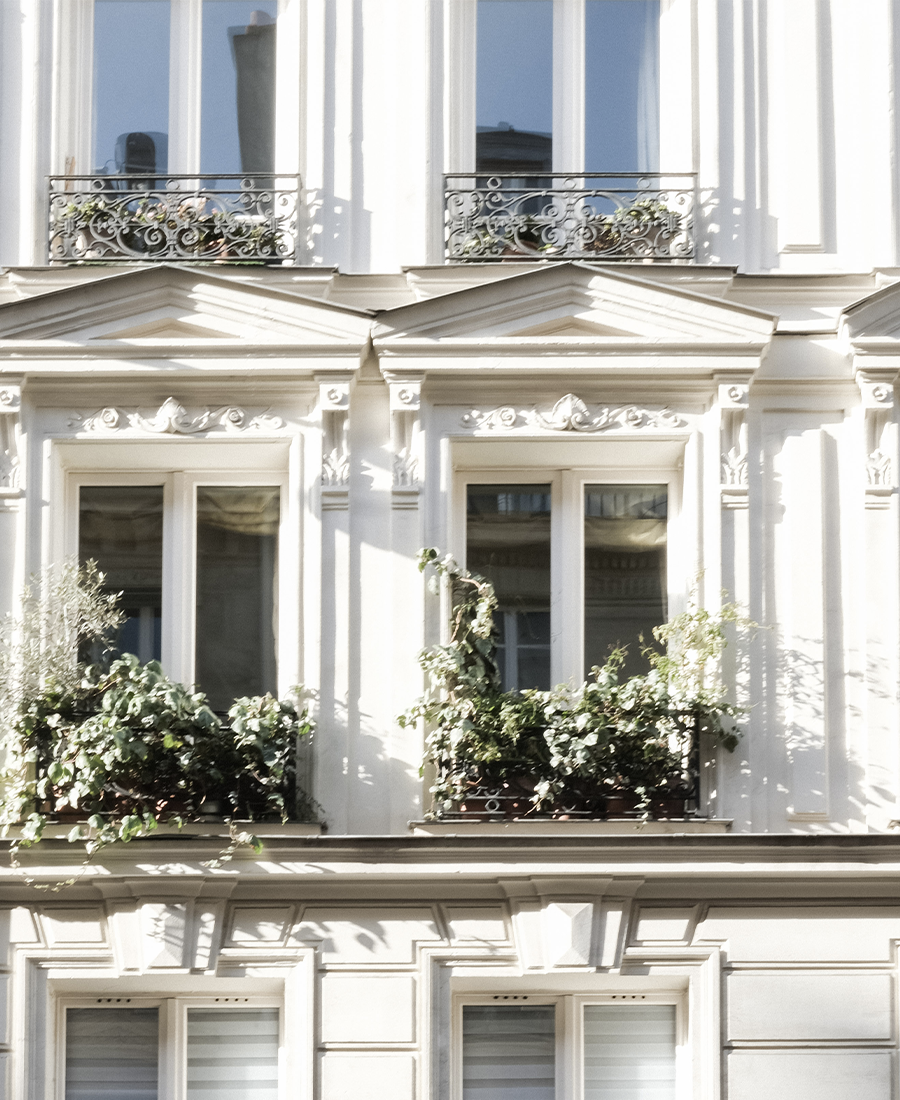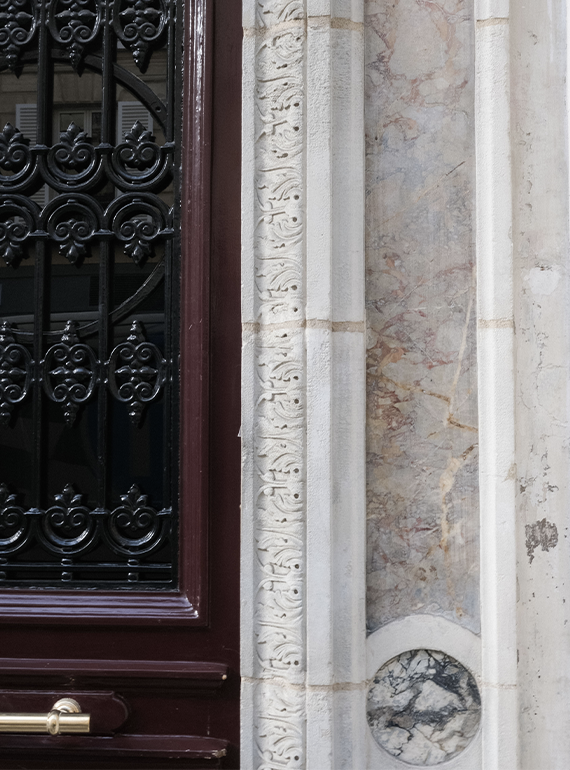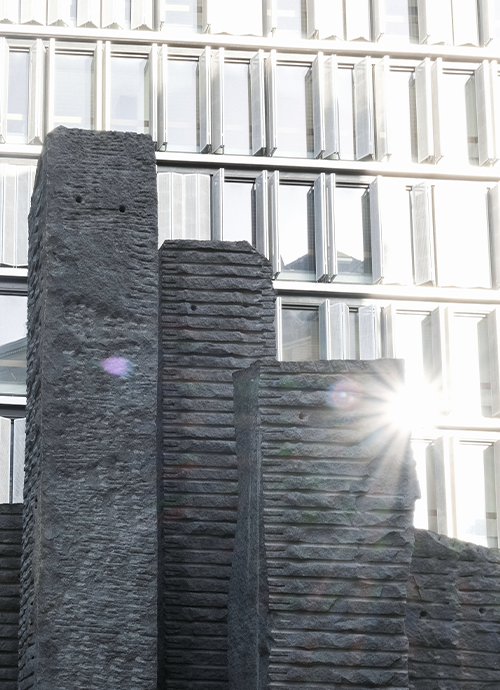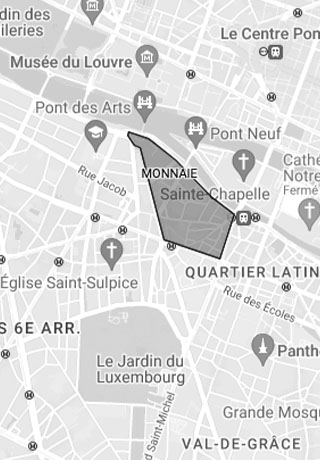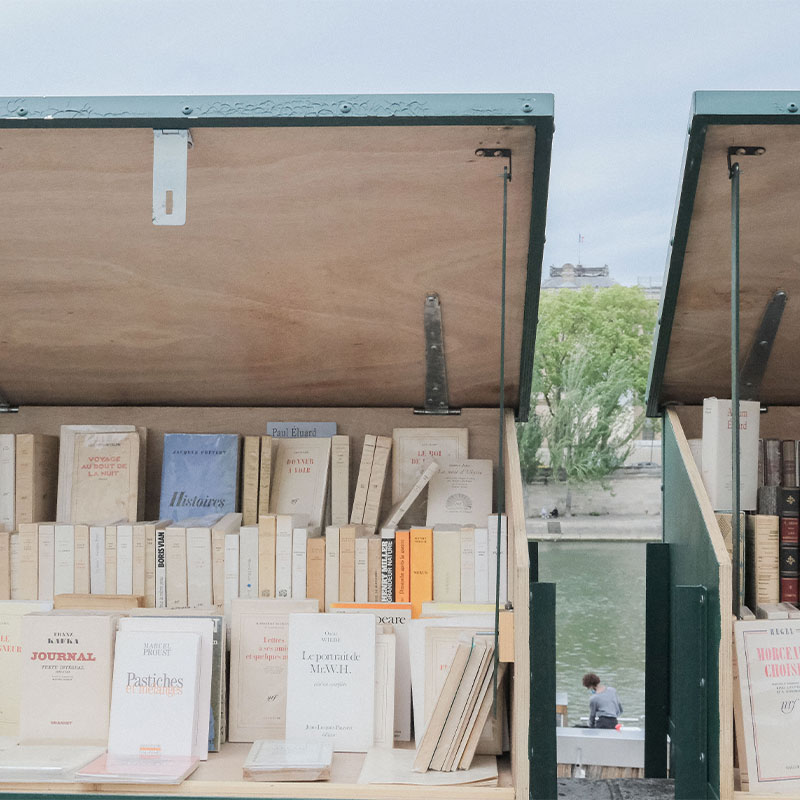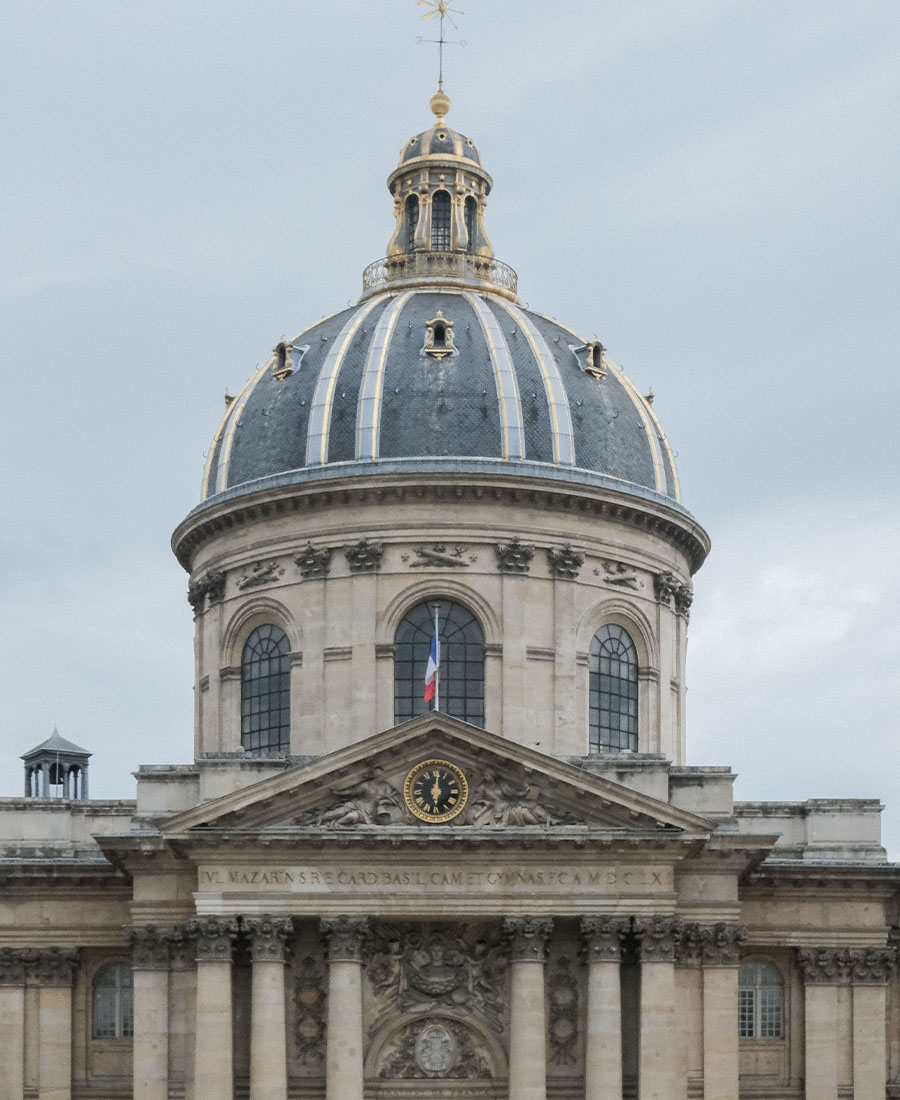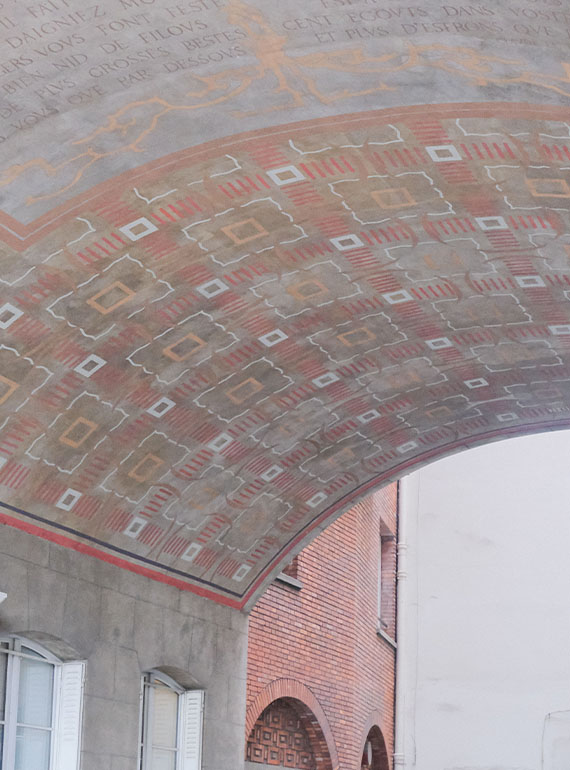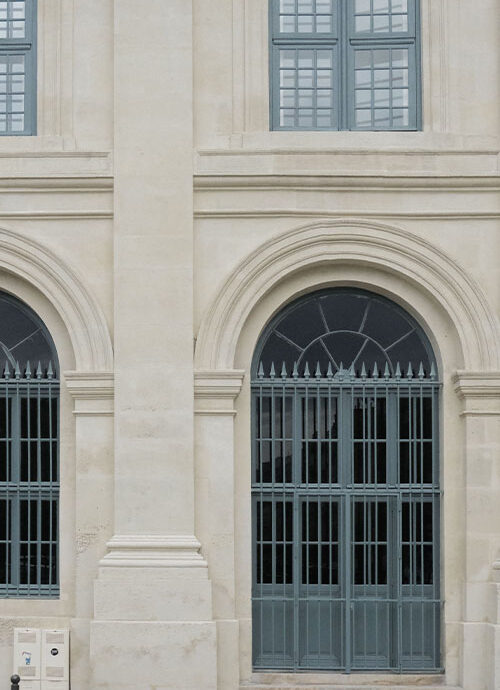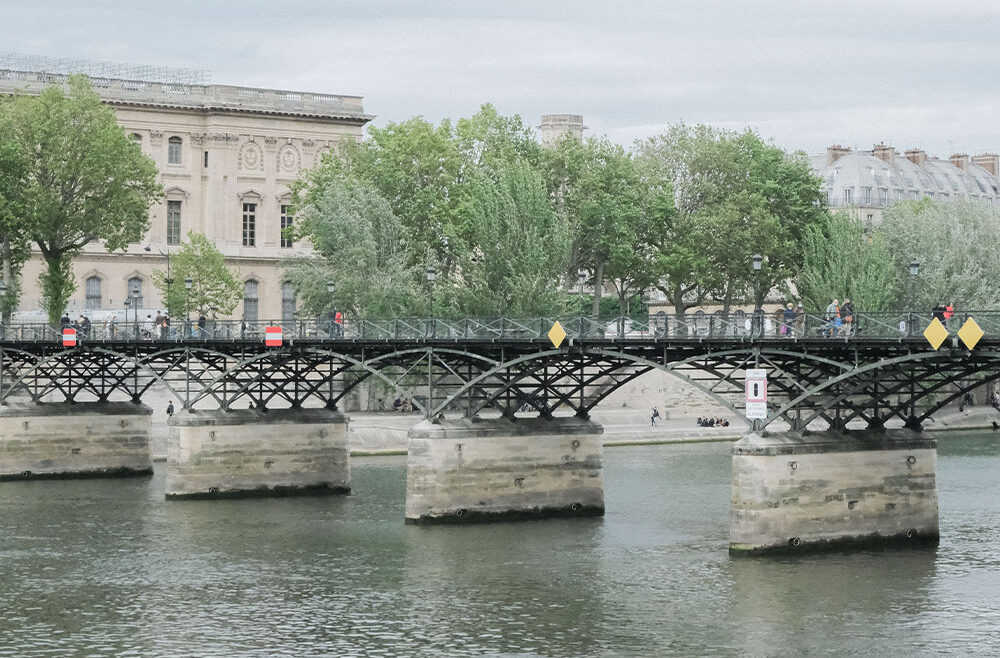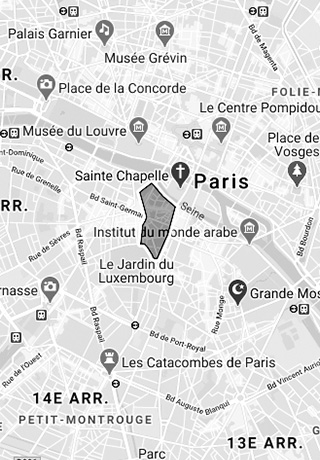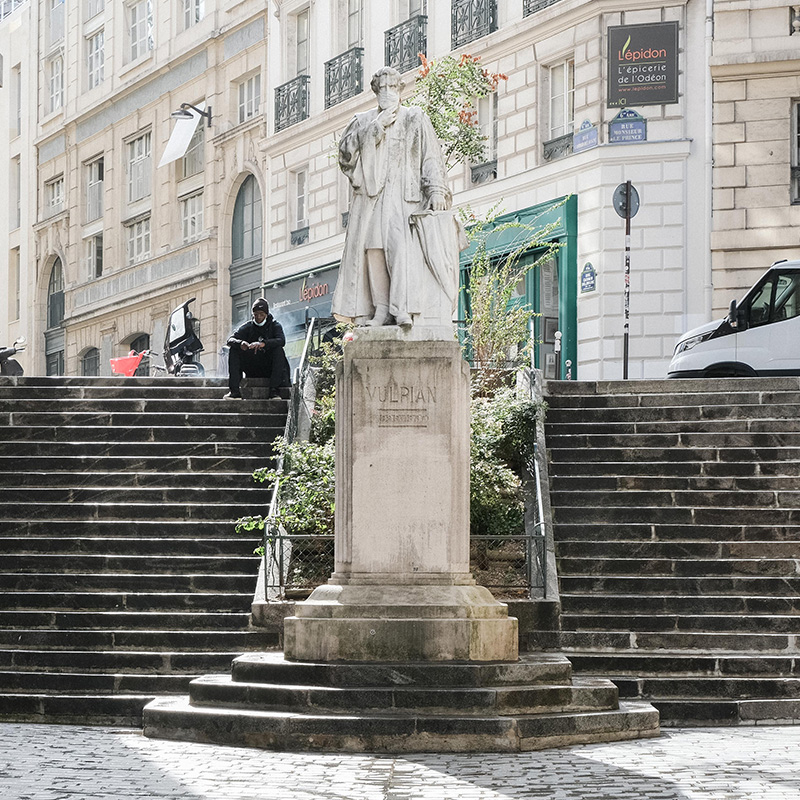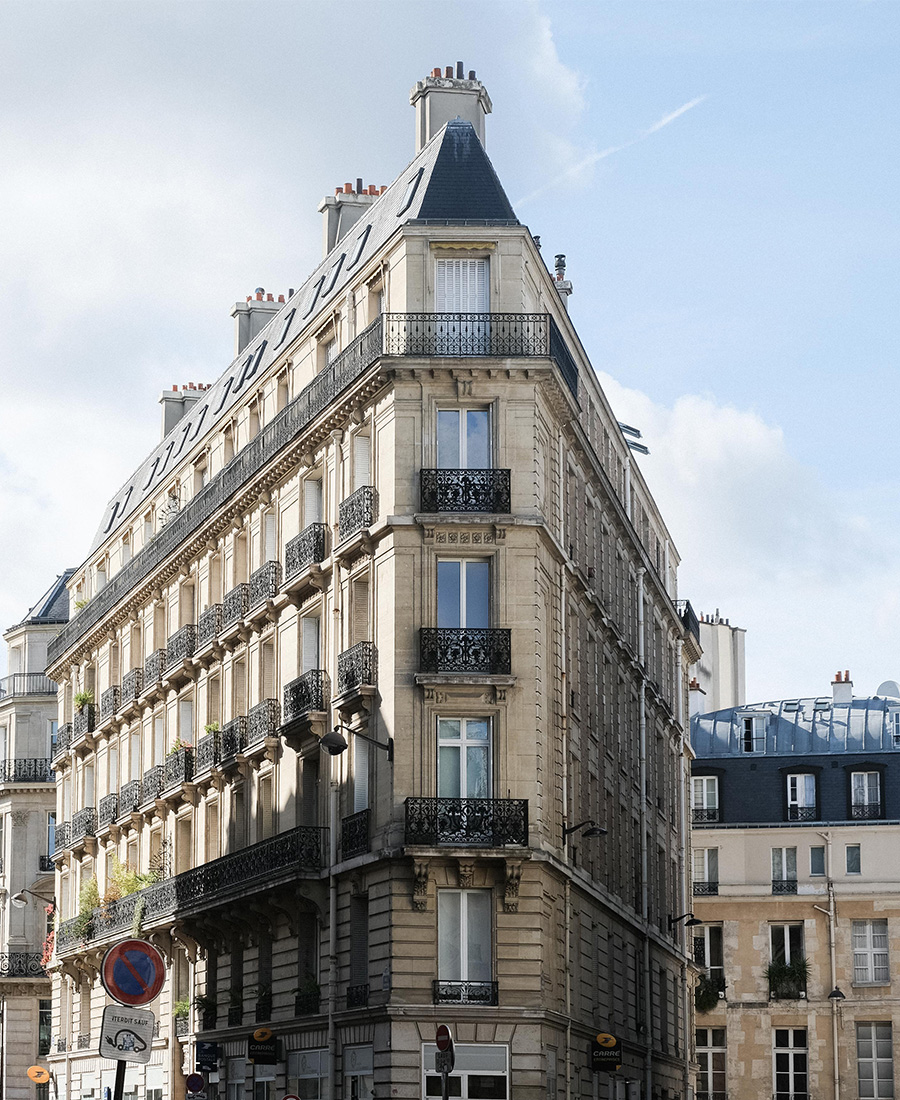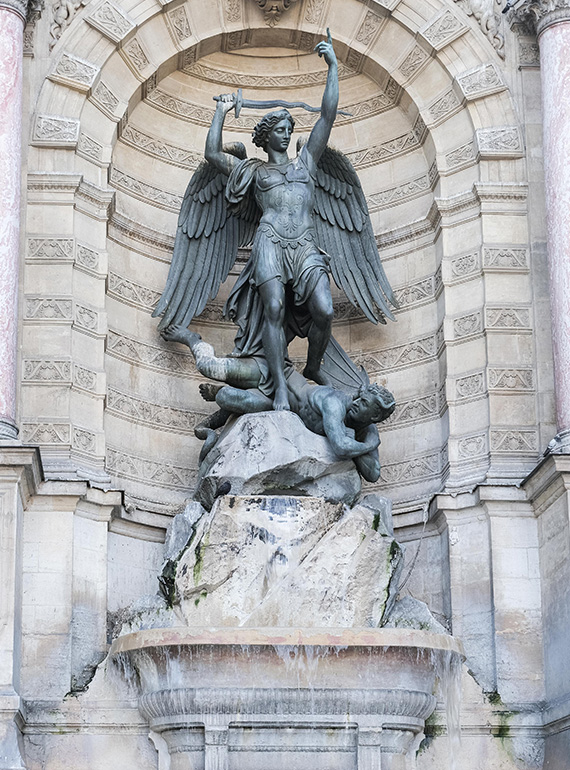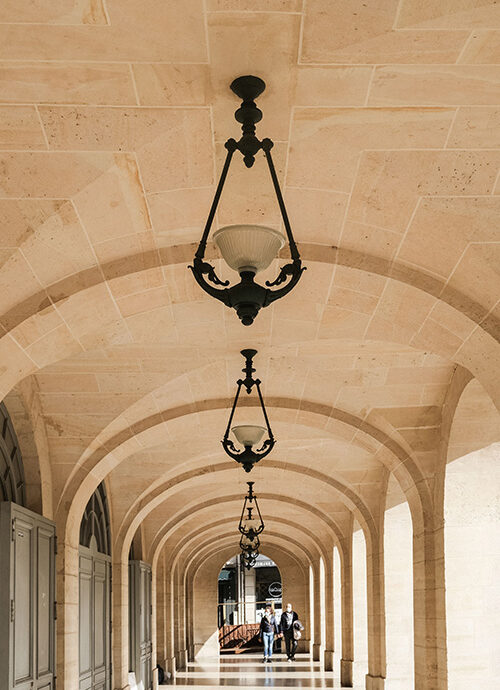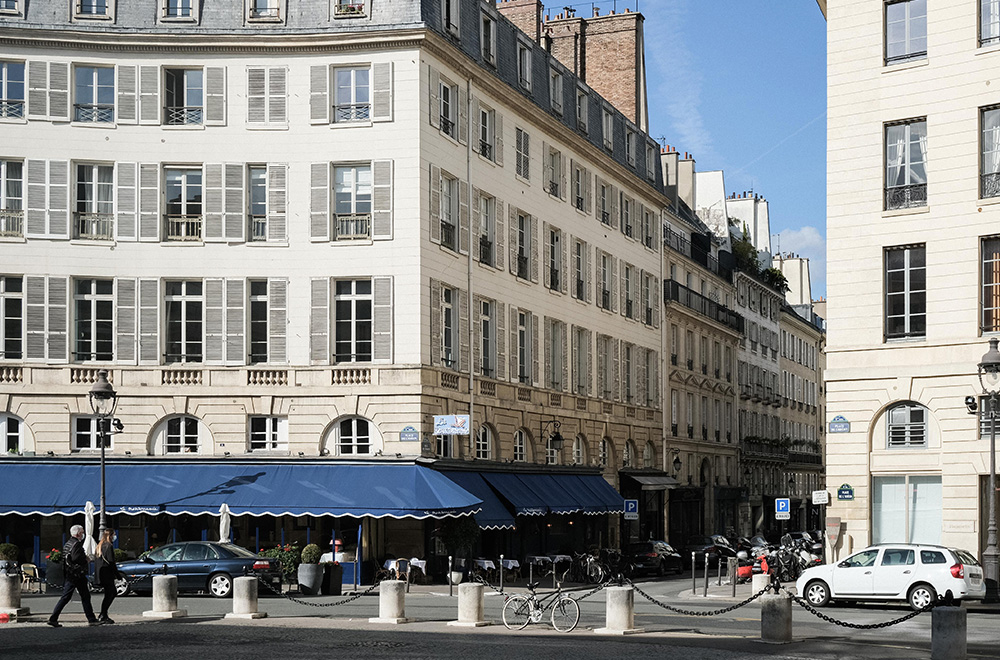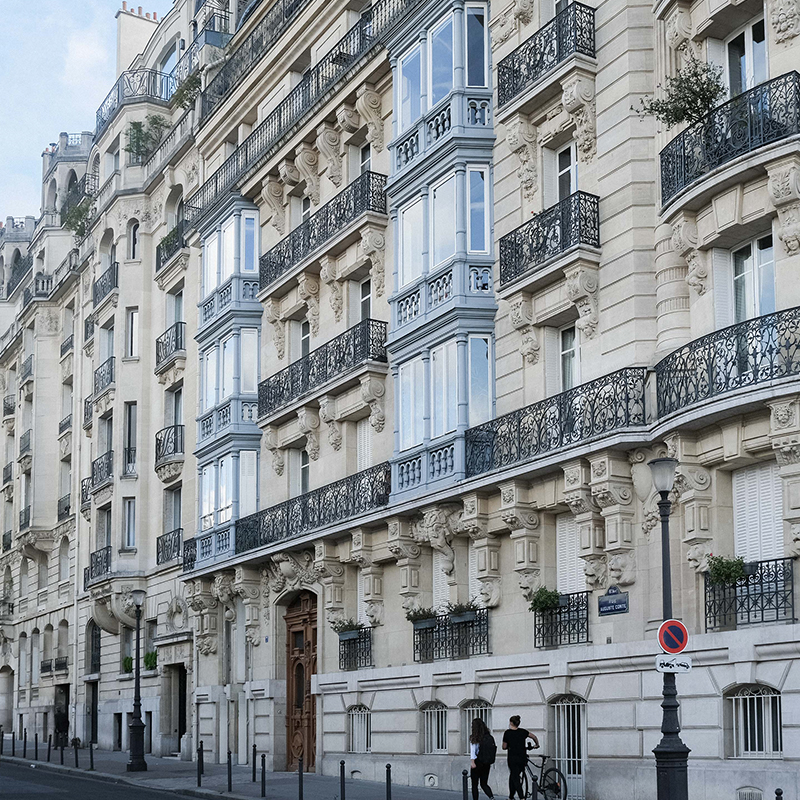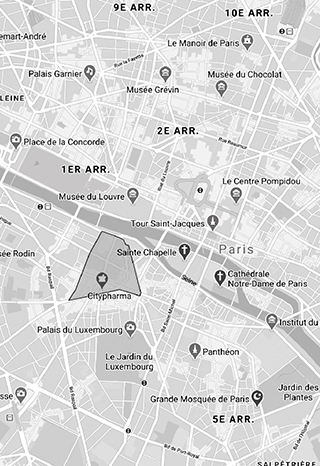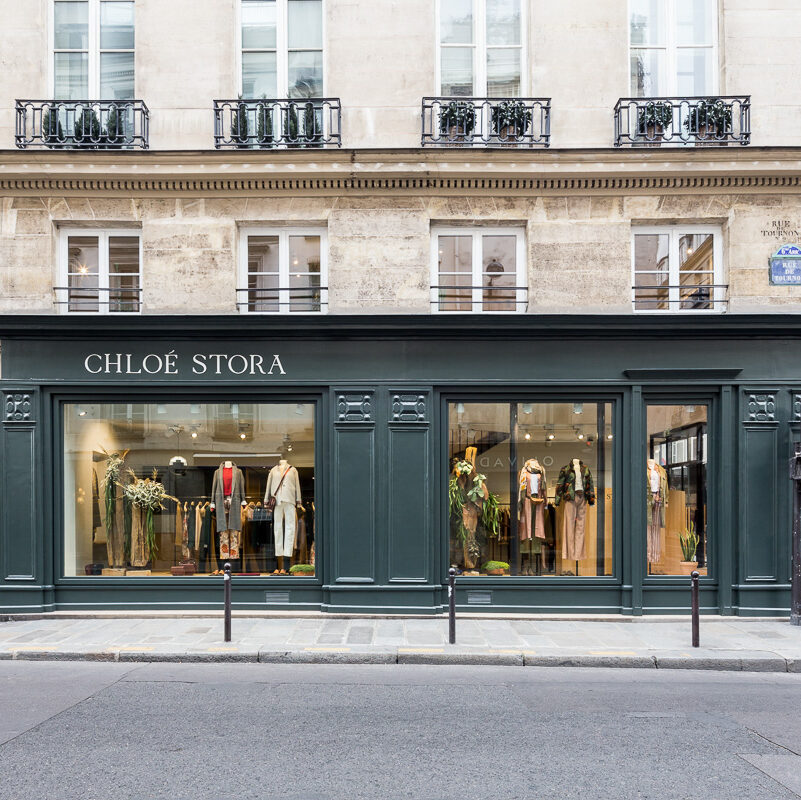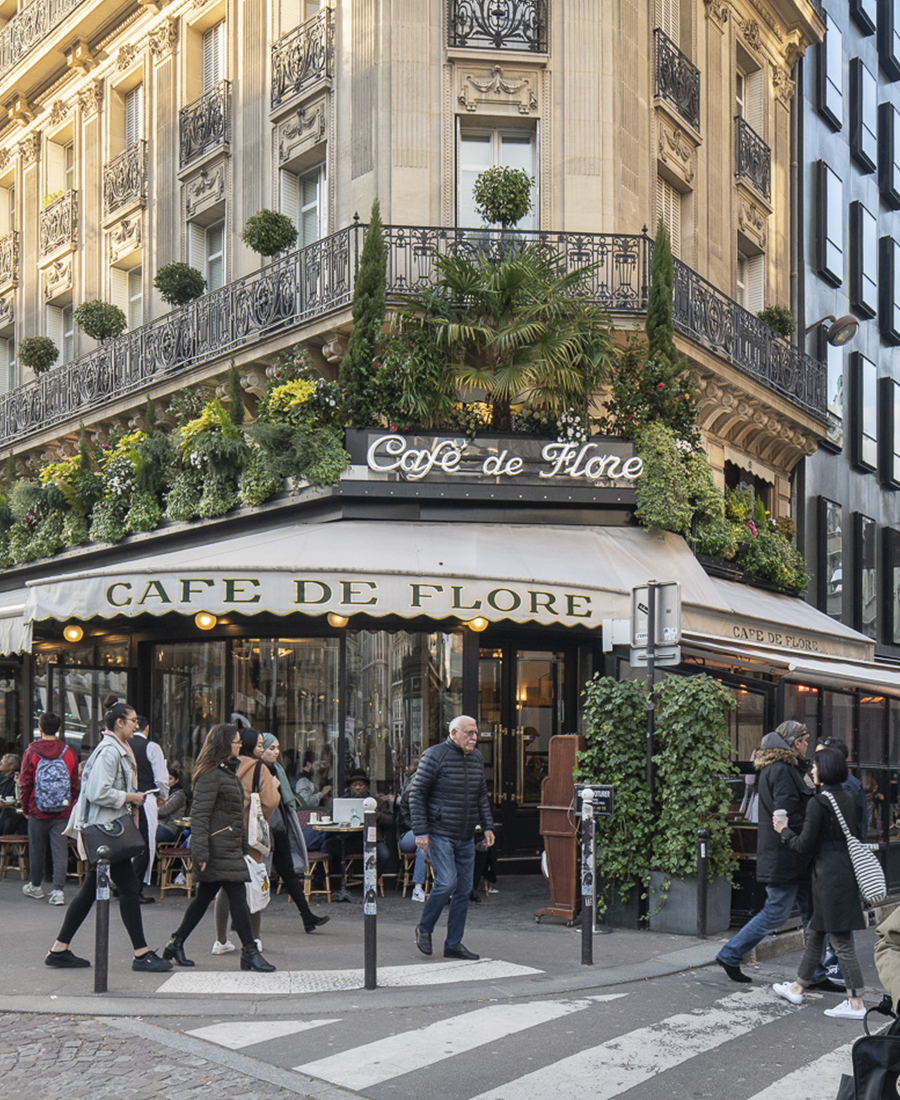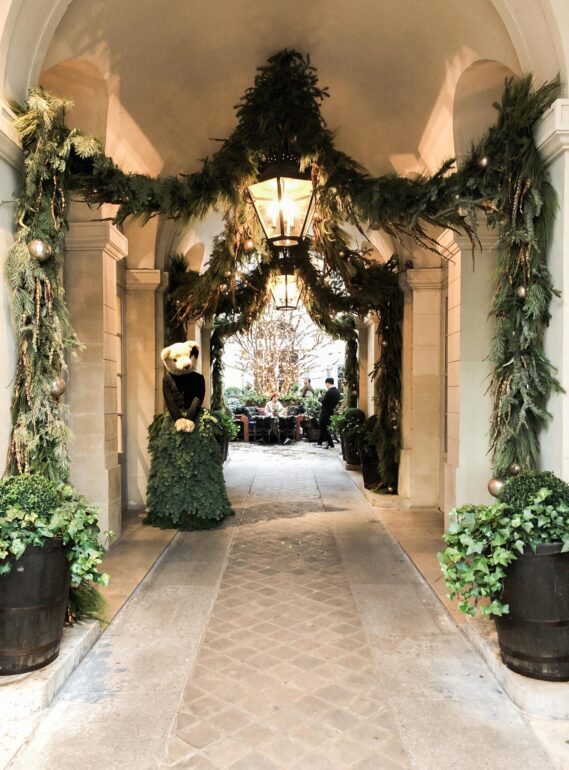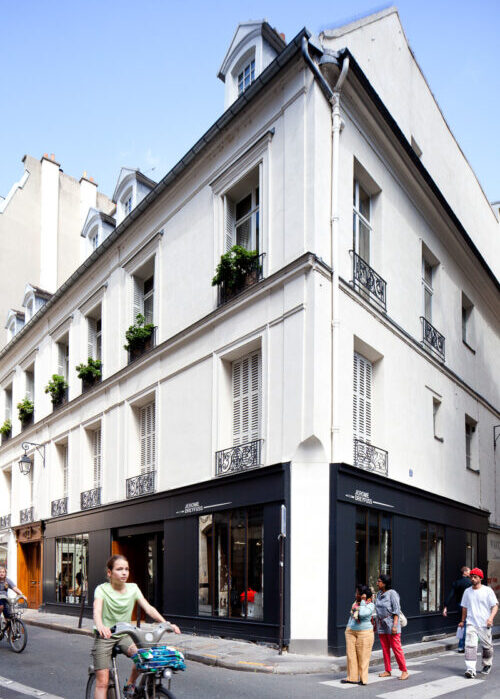SAINT-PLACIDE

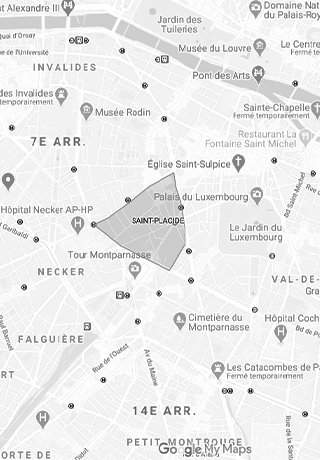
In the heart of the left bank, this bourgeois-looking district offers a privileged family environment. A walk that oscillates between green spaces and Haussmann architecture, while offering many leisure activities. Rue de Rennes runs north to Square Boucicaut, the perfect place for a “green” break, an alfresco lunch or a family walk. To the south is the Gare Montparnasse offering easy access to the West of France, ideal for a weekend getaway.
Very close to Saint-Placide station, stands the majestic Notre-Dame-Des-Champs church of Romanesque inspiration, whose metal frame was made by Gustave Eiffel. It is dressed in impressive volumes punctuated by a row of columns. Rue Saint-Placide and Rue du Cherche-Midi enliven the district with boutiques, concept stores and renowned brands. In addition, the district preserves its local shops such as bookstores, florists, grocery stores, thus offering residents the field of possibilities.
A dynamic district, home to beautiful facades, bistros and charming shops. In short, real treasures to discover!
